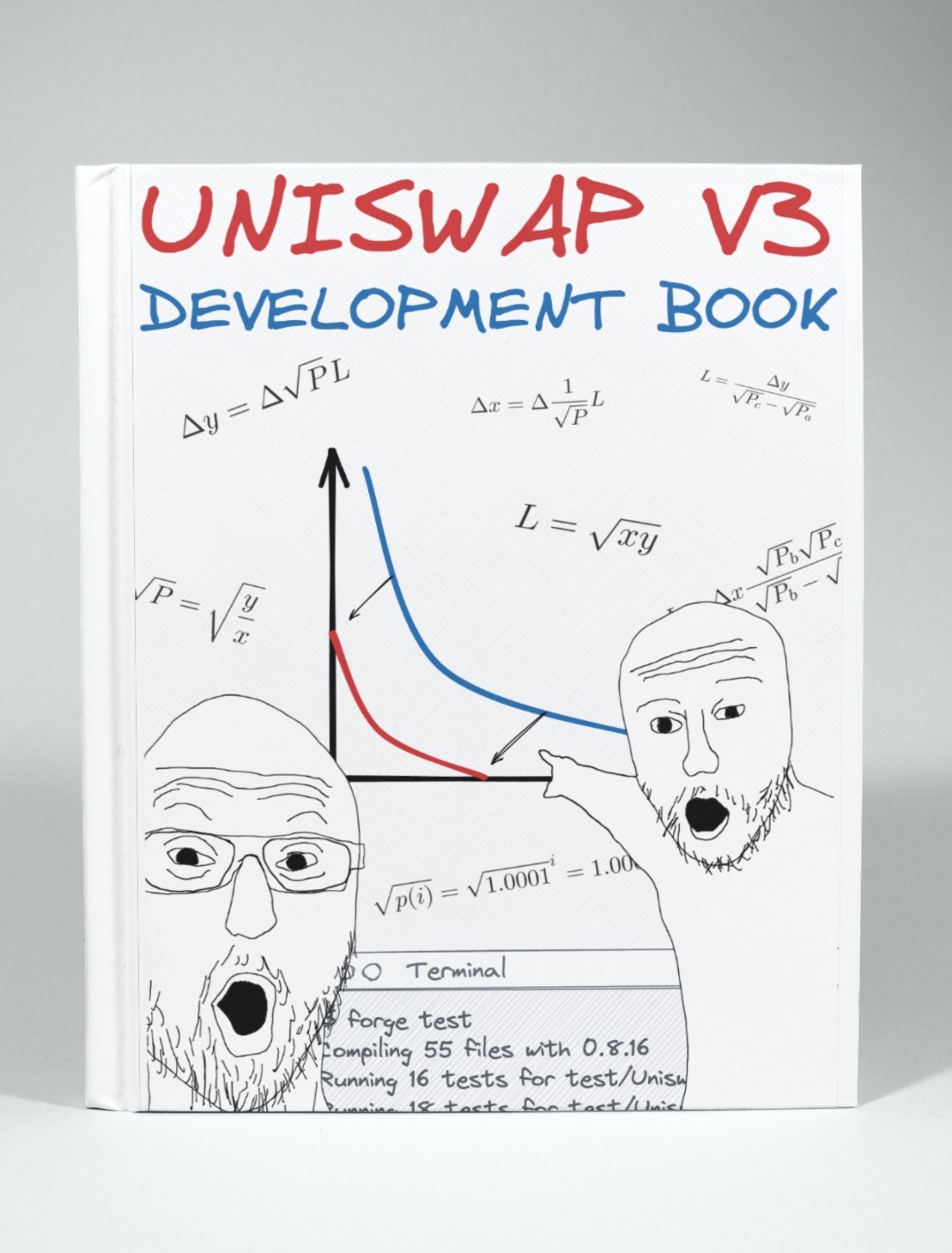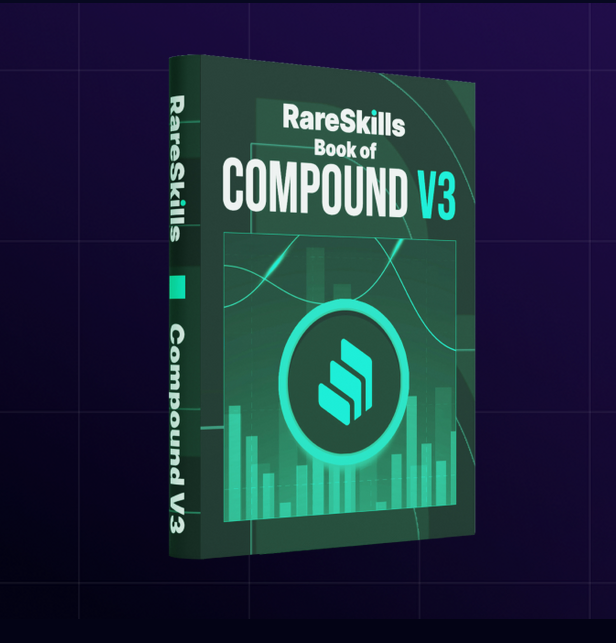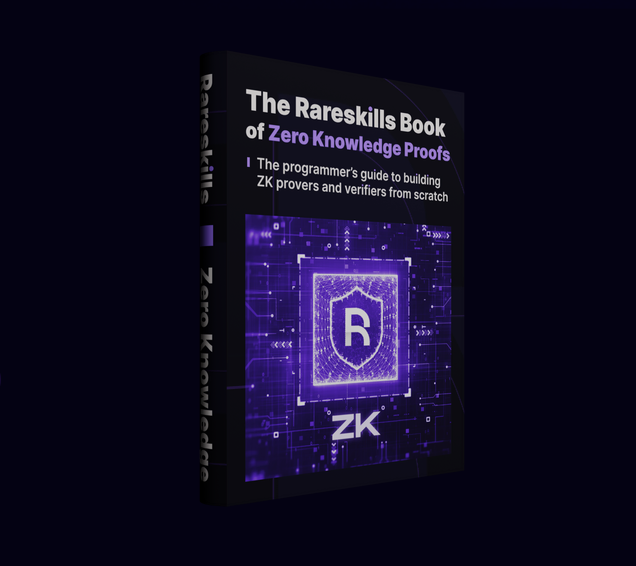Block: 111
Timestamp: 12:47:54

AuditProfile
Security blog
Ethereum Validator Lifecycle: A Deep Dive
Ethereum today implements the most decentralized proof-of-stake consensus. The current number of active validator keys exceeds 10^6, and each block is attested by hundreds of validators. The Eth 2.0 validating infrastructure is complex, split into beacon and execution layers, and includes many interesting mechanics. This intricate system is continuously upgraded "on-the-fly," which adds significant complexity. With that in mind, we decided to fill the gap between the higher-level documentation about Ethereum's consensus, economic security, and validation, and the actual code running in real production. The goal of this article is to give readers a comprehensive understanding of how an Ethereum validator works and provide links to the real code for those who want to dive deeper.
This article is not intended as a guide to estimate validator rewards. As you will see, there are too many factors in Ethereum's consensus to provide a straightforward "algorithmic" answer to this question. Factors such as the number of validators, the behaviour of effective balances, deposits, exits, withdrawals, slashings, bugs, and many other factors influence validators' rewards. These answers are better uncovered by analyzing real validator behavior and statistics. If you need a financial analysis of validator upkeep, it's more practical to explore resources that aggregate information about validator activity, such as beaconcha.in.
So, we have a validator and want to participate in the most decentralized consensus in the world. Let's begin!
Read the full article here:
Link: https://mixbytes.io/blog/ethereum-validator-lifecycle-a-deep-dive#ethereum
#validator
#blockchain
Study for free

Cyfrin Updraft
Completely free courses

RareSkills Tutorials
Learn more about the blockchain world

Smart Contract Programmer
Free education videos
Awesome Books

Uniswap V2 Book
by RareSkills

Uniswap V3 Book
by Jeiwan

Compound Book
by RareSkills

ZK Book
by RareSkills

Ethereum Book
by Andreas M. Antonopoulos, Gavin Wood

Beigepaper
by Micah Dameron
Useful tools

EVM diff
Compare execution layer differences between chains

EVM storage
Dive deep into the storage of any contract

